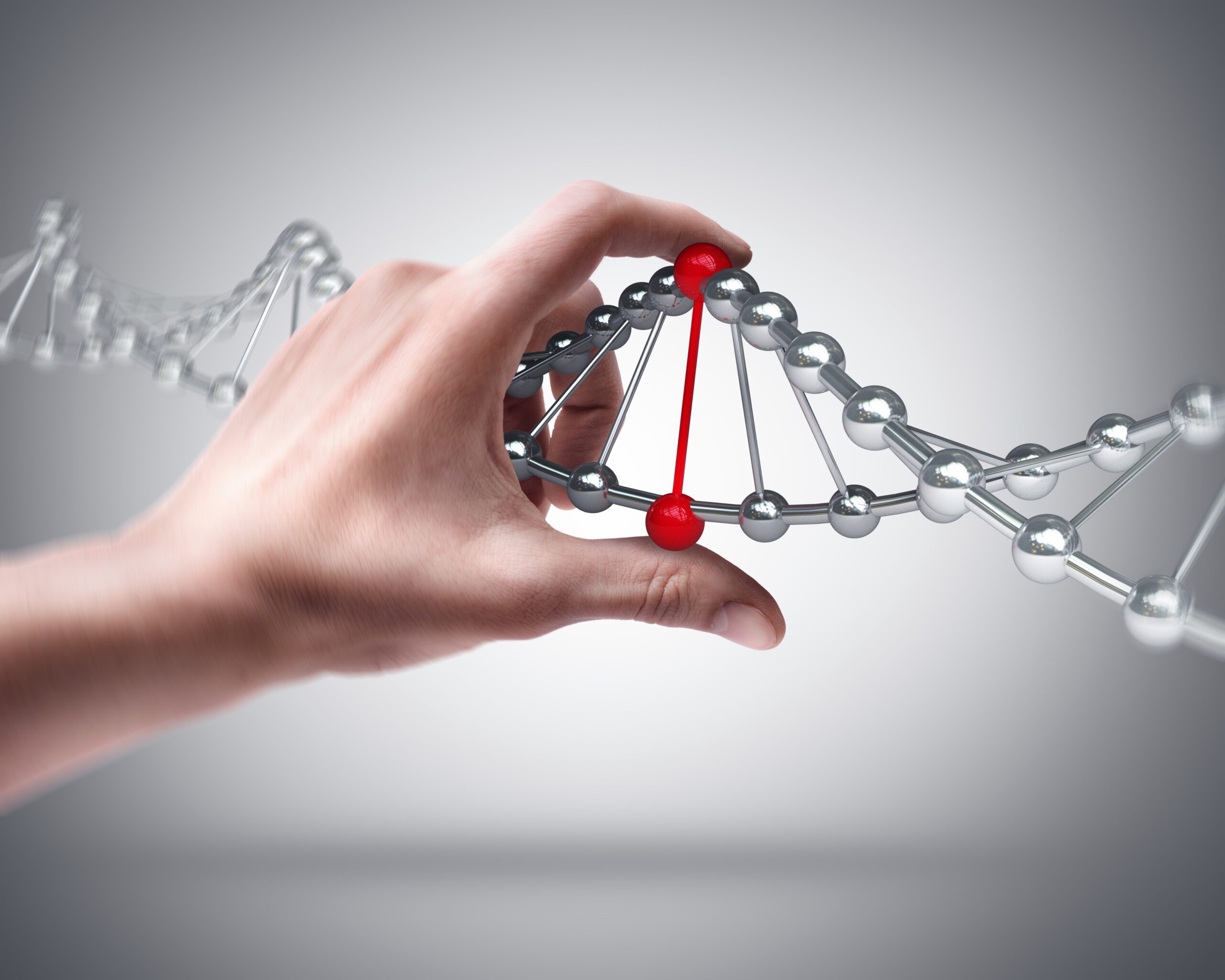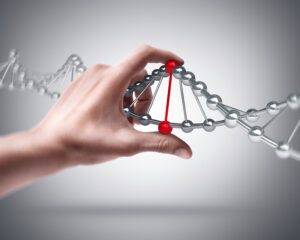Medical device and MedTech insights, news, tips and more
Manipulating Genetic Code
October 27, 2017

Scientists have demonstrated an “incredibly powerful” ability to manipulate the building blocks of life in two separate studies.
One altered the order of atoms in DNA to rewrite the human genetic code and the instructions for life.
The other edited RNA, which is a chemical cousin of DNA and unlocks the information in the genetic code.
The studies – which could eventually treat diseases – have been described as clever, important and exciting.
Cystic fibrosis, inherited blindness and other diseases caused by a single typo in the genetic code could ultimately be prevented or treated with such approaches.
Both studies were performed at the Broad Institute of MIT and Harvard.
Base editing
The first, published in the journal Nature, developed tools called base editors.
DNA is built out of the four bases: adenine (A), cytosine (C), guanine (G) and thymine (T). If a single one of them is in the wrong place, it can cause disease.
Base editors alter the molecular structure of one base to convert it into another. Researchers can now manipulate the four bases.
And the team used base editing to correct an inherited disease that leads to dangerously high levels of iron in the blood.
Prof David Liu of the Broad Institute said: “We are hard at work trying to translate base editing technology into human therapeutics.”
However, he admits there are still issues around safety and implementation:
“Having a machine that can make the change you want to make is only the start. You still need to do all this other work, but having the machine really helps.”
RNA
The second study, published in the journal Science, focused on RNA, another of the molecules essential for life.
DNA is the master copy of the genetic code, but in order for a cell to use the genetic instructions, it must first create an RNA copy.
It is like going to a library where you cannot read any of the books, but can only use photocopies.
The researchers used their RNA approach to correct an inherited form of anaemia in human cells.
Feng Zhang – also of the Broad Institute – said: “The ability to correct disease-causing mutations is one of the primary goals of genome editing.
“This new ability to edit RNA opens up more potential opportunities to… treat many diseases, in almost any kind of cell.”
All of the experiments were on human cells growing in the laboratory.
- DNA surgery on embryos removes disease
- Human embryos edited to stop disease
- UK scientists edit DNA of human embryos
Dr Helen O’Neill, from UCL, said: “This is an exciting week for genetic research.
Read the Rest at the Source: ‘Incredible’ editing of life’s building blocks – BBC News
By James Gallagher
Health and science reporter, BBC News website

